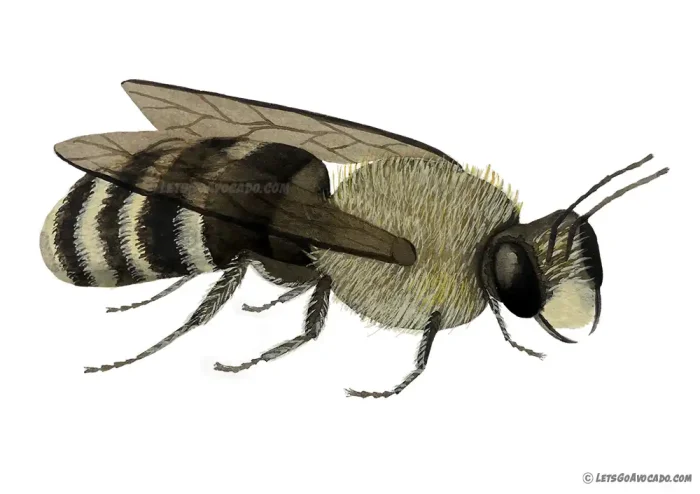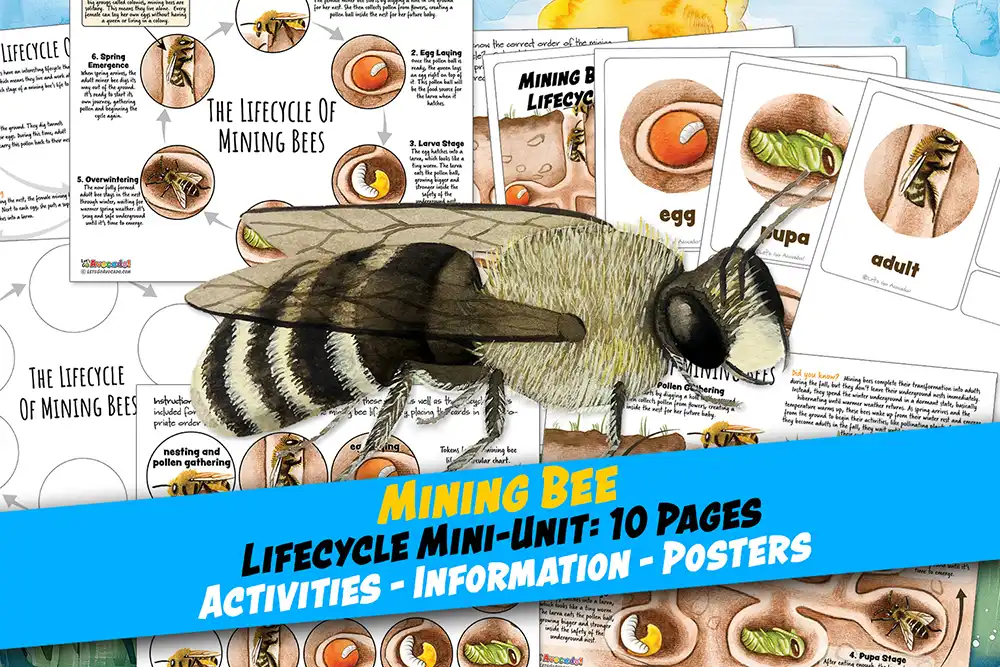

Ashy Mining Bee
Ashy bee, Gray mining bee
Andrena cineraria
This page may contain affiliate links.
Read our disclosure and privacy policy here.
The ashy mining bee is a charming insect that gets its name from its mining behavior and its ashy-gray appearance. This bee is known for its striking color pattern and its habit of digging tunnels in the ground to make its nest. Ashy mining bees are commonly found in Europe and parts of Asia, and they play an important role in pollinating flowers and crops. These bees are solitary, which means they don’t live in large colonies like honey bees do. Instead, they nest individually, but they often create their burrows close to each other, forming small communities.
One of the fascinating things about ashy mining bees is how they contribute to the environment. These bees are important pollinators, helping flowers to grow and producing food for other animals. They are usually seen in the spring when they are busy collecting nectar and pollen to feed their young. The ashy mining bee is also known for its gentle nature, and while it does have a stinger, it rarely uses it. This makes it a friendly visitor to gardens and meadows, where it can be seen buzzing around colorful blooms.
Ashy Mining Bee

There’s a lot to explore right where we are, in our own neighborhoods and backyards! Join us while we get off the couch and explore the everyday wonders of nature, science, space, engineering, art, and anything else we stumble upon during on our adventures.








